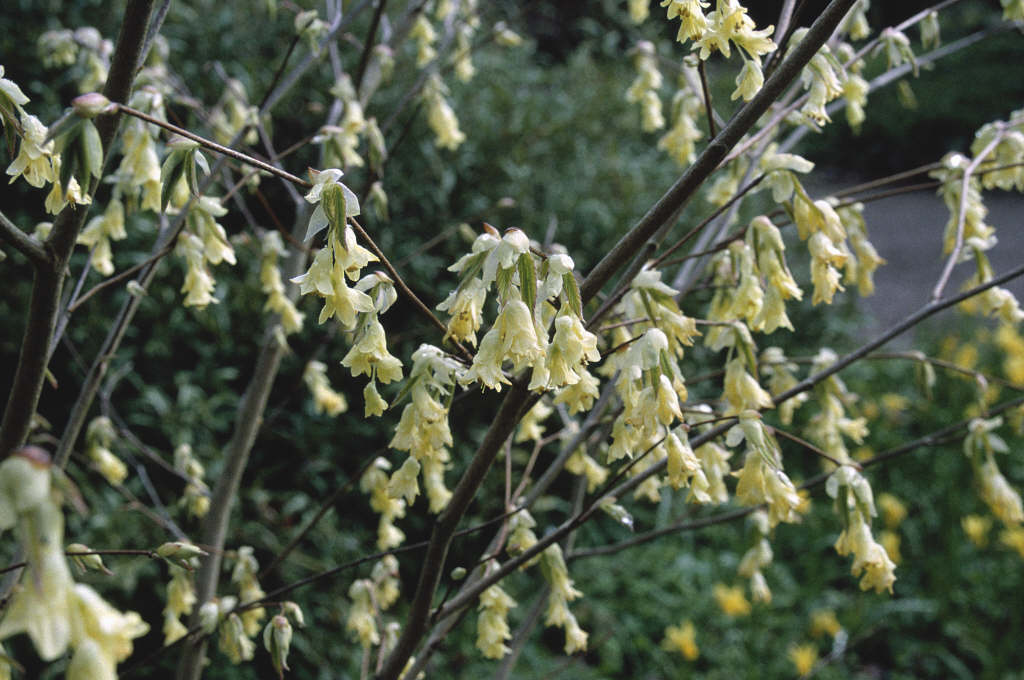Size
Ultimate height
4–8 metresTime to ultimate height
10–20 yearsUltimate spread
2.5–4 metresGrowing conditions
Moisture
Moist but well–drained, Well–drainedpH
AcidColour & scent
| Stem | Flower | Foliage | Fruit | |
| Spring | Yellow | Green | ||
|---|---|---|---|---|
| Summer | Green | |||
| Autumn | Green | |||
| Winter |
Position
- Partial shade
Aspect
West–facing or East–facing or South–facing
Exposure
Sheltered Hardiness
H5Botanical details
- Family
- Hamamelidaceae
- Native to GB / Ireland
- No
- Foliage
- Deciduous
- Habit
- Bushy
- Genus
Corylopsis are deciduous shrubs or small trees, with simple, toothed leaves and nodding racemes of small, usually fragrant, bell-shaped pale yellow flowers in early spring
- Name status
Correct
- Plant range
- Japan
How to grow
Cultivation
Will grow in acidic soil in a shady position but may need some protection as late frosts can damage the flowers
Propagation
Propagate by seed sown in containers in autumn in an open frame, softwood cuttings in summer or layering in autumn
Suggested planting locations and garden types
- Cottage and informal garden
- Flower borders and beds
Pruning
Pruning group 1 immediately after flowering
Pests
Generally pest-free
Diseases
May be susceptible to honey fungus in gardens where it is present but insufficient data to determine degree of susceptibility
Get involved
The Royal Horticultural Society is the UK’s leading gardening charity. We aim to enrich everyone’s life through plants, and make the UK a greener and more beautiful place.
